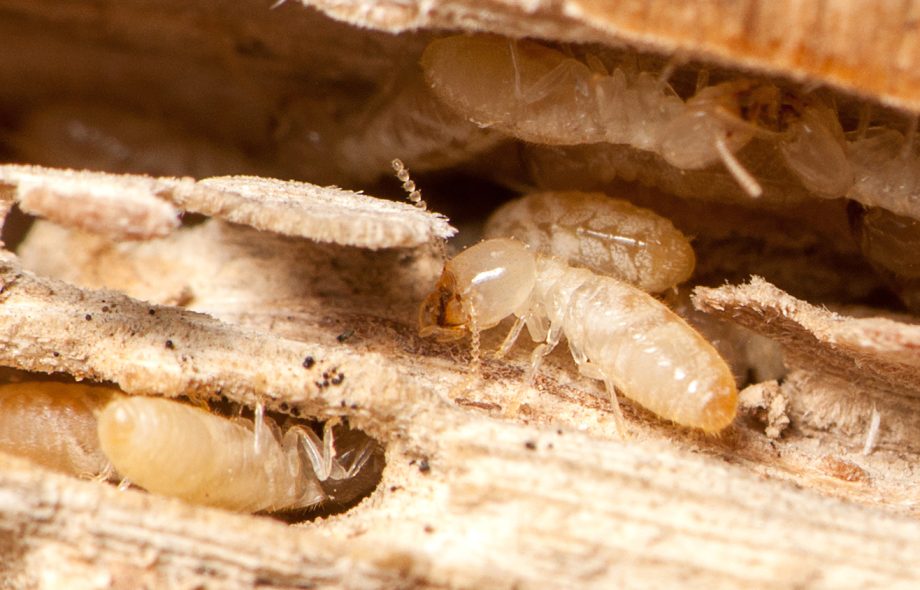Your home should be a sanctuary—a place of comfort and safety. However, lurking beneath the surface are unseen dangers that could threaten your health, property, and peace of mind. From pests and mold to electrical hazards and toxic chemicals, many hazards remain undetected until they cause significant damage.
1. Hidden Pest Infestations
Pests are among the most common and destructive unseen dangers in any home. While some pests, like ants or cockroaches, are visible, others remain unnoticed until they cause severe damage.
a) Termites: The Silent Destroyers
Termites are infamous for their ability to damage wooden structures without immediate signs. These insects work quietly beneath the surface, weakening the foundation of your home. Unfortunately, by the time you notice them, significant structural damage may have already occurred. Spotting tiny baby termites early can prevent long-term damage and costly repairs.
b) Bed Bugs: A Hidden Nightmare
Bed bugs are another major concern that often go unnoticed until they become a full-blown infestation. Their presence is typically indicated by bites, stains on bedding, or discarded bed bug exoskeleton. These pests are resilient and can survive for months without feeding, making them incredibly difficult to eliminate.
2. Mold and Mildew Growth
Mold and mildew are hidden threats that can have serious health implications. They thrive in damp, dark places such as basements, attics, and behind walls. Exposure to mold spores can cause respiratory problems, allergies, and even neurological issues in some cases.
a) How to Detect Mold
Musty odors in certain areas of your home
Discoloration or black spots on walls and ceilings
Increased allergy symptoms or respiratory issues
b) Preventing and Removing Mold
To keep your home mold-free, ensure proper ventilation, use dehumidifiers, and address leaks immediately. If you find extensive mold growth, it’s best to call professionals for safe removal.
3. Electrical Hazards
Faulty wiring and outdated electrical systems pose a significant risk of fire and electrocution. Many homeowners overlook electrical problems until they result in a dangerous situation.
a) Warning Signs of Electrical Problems
Frequent circuit breaker trips
Flickering or dimming lights
Burning smells or scorch marks near outlets
Outlets or switches that feel warm to the touch
b) Preventing Electrical Hazards
Have an electrician inspect your home regularly
Avoid overloading outlets and circuits
Replace old or frayed wiring
Use surge protectors to safeguard electronics
4. Carbon Monoxide Poisoning
Carbon monoxide (CO) is a silent killer. This colorless, odorless gas is produced by faulty furnaces, gas stoves, and water heaters. Without proper ventilation, CO can accumulate to dangerous levels, leading to poisoning.
a) Symptoms of CO Poisoning
Headaches, dizziness, and nausea
Confusion or difficulty breathing
Loss of consciousness in severe cases
b) Preventing CO Poisoning
Install CO detectors on every floor of your home
Schedule regular maintenance for gas appliances
Ensure proper ventilation for all fuel-burning appliances
5. Toxic Chemicals and Indoor Air Pollution
Many household products contain harmful chemicals that can affect your health over time. Paints, cleaning agents, and air fresheners often release volatile organic compounds (VOCs), which contribute to indoor air pollution.
a) Reducing Exposure to Toxic Chemicals
Use natural cleaning products
Ensure proper ventilation when using chemicals
Store hazardous substances in a secure location
Choose low-VOC paints and building materials
6. Hidden Water Leaks and Plumbing Issues
Water leaks are not just a source of high utility bills—they also create the perfect conditions for mold growth and structural damage. Many leaks go unnoticed because they occur behind walls or under floors.
a) Signs of Hidden Water Leaks
Unexplained increases in water bills
Water stains or discoloration on ceilings and walls
A sudden drop in water pressure
b) Preventing Water Damage
Inspect plumbing regularly
Fix leaks as soon as they are detected
Ensure proper drainage around your home
7. Structural Weaknesses and Foundation Issues
Over time, foundations can weaken due to soil shifting, moisture problems, or construction defects. If not addressed, these issues can compromise the stability of your home.
a) Signs of Foundation Problems
Cracks in walls or floors
Doors and windows that stick or don’t close properly
Uneven or sloping floors
b) Addressing Foundation Issues
Schedule regular inspections with a structural engineer
Repair cracks promptly to prevent further damage
Maintain proper drainage to prevent soil erosion
Conclusion
Your home may appear safe, but unseen dangers lurk beneath the surface. From pests and mold to electrical hazards and toxic chemicals, being proactive in detecting and addressing these threats is essential. Regular inspections, preventive measures, and timely professional assistance can help you maintain a safe and healthy living environment. Don’t wait for problems to become visible—protect your home today by staying vigilant and informed.

Service/Product Details:
https://bradypestcontrol.com/tiny-baby-termites/

 :
: